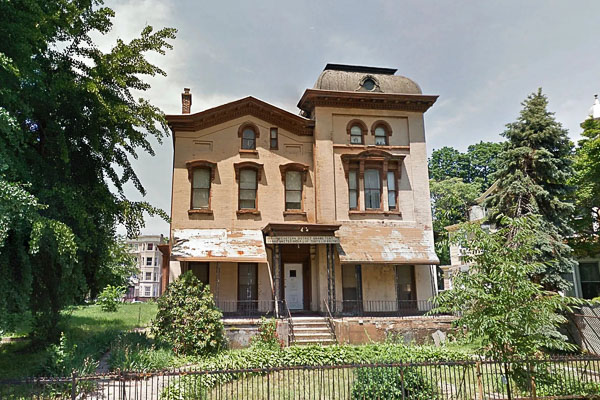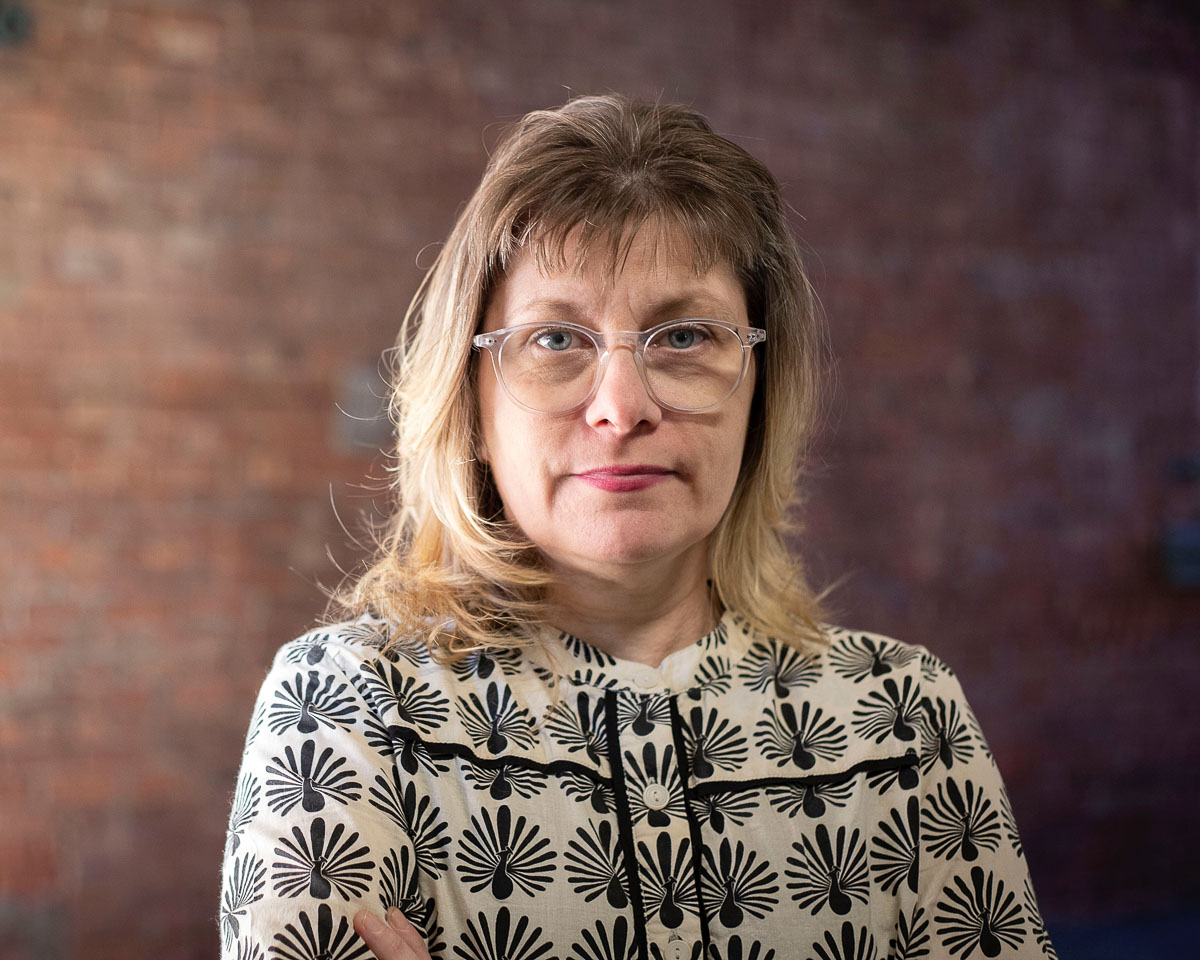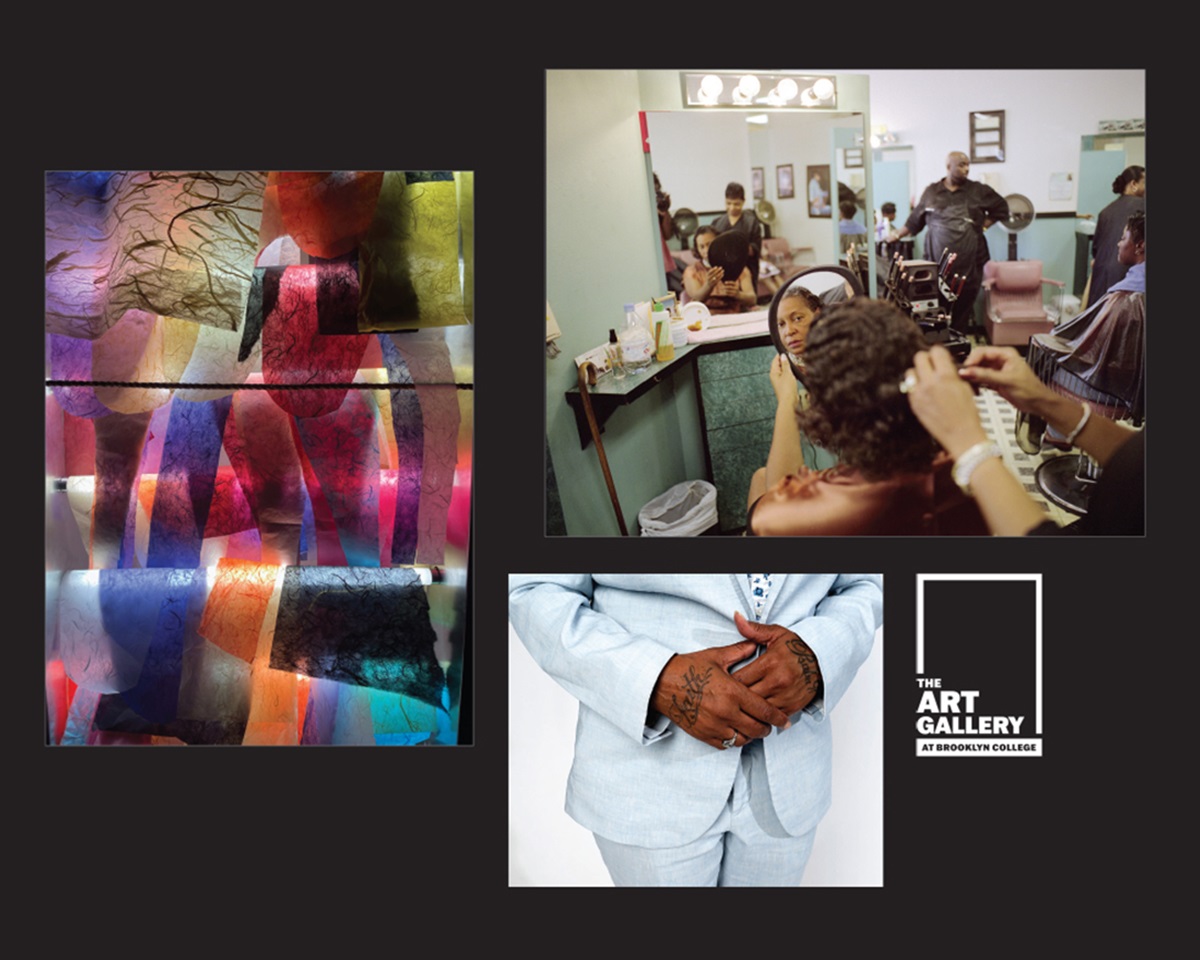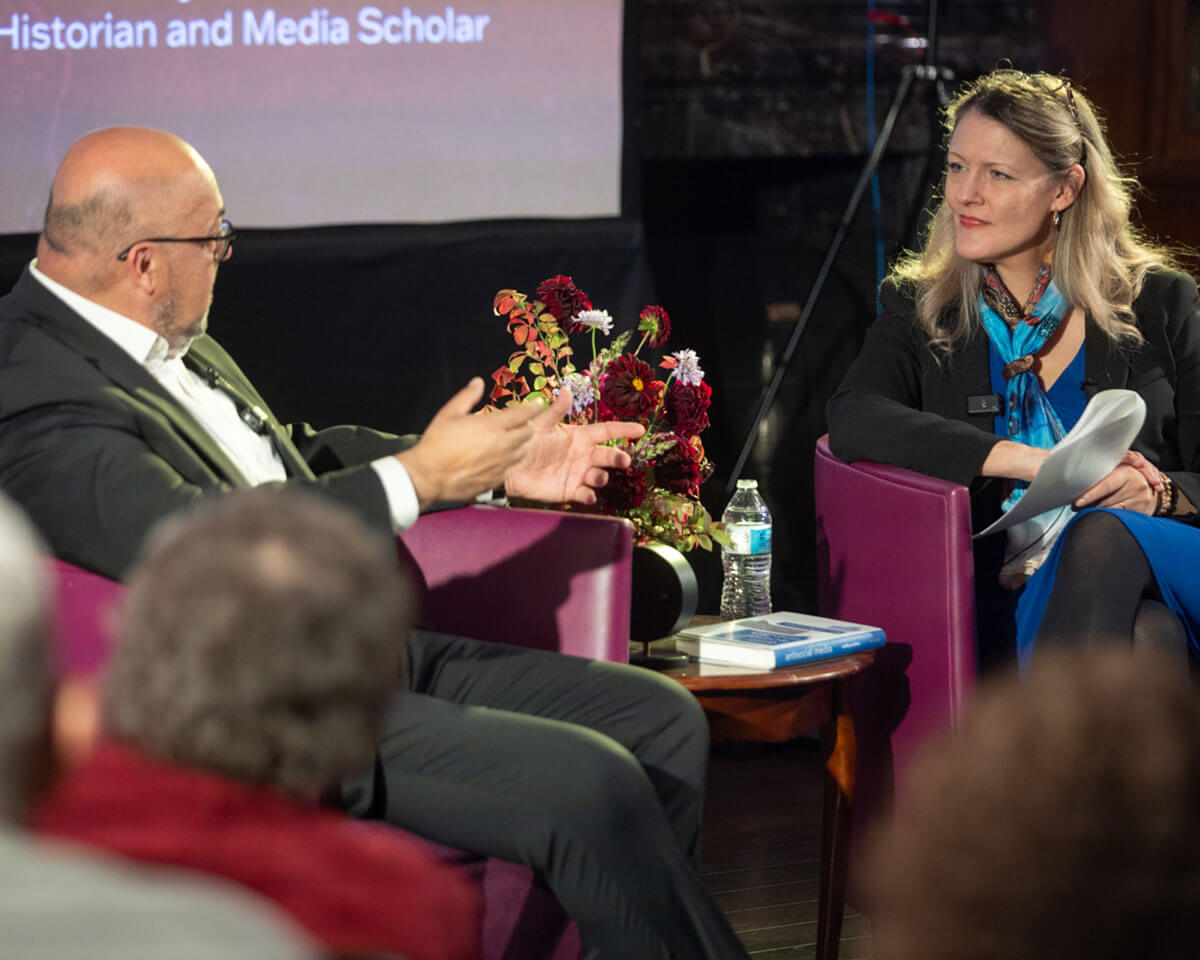For years, Kelly Britt, assistant professor of anthropology, walked by an unusual house in her Brooklyn neighborhood of Bedford-Stuyvesant. She wondered who owned the worn but stately looking Italianate mansion at 87 Macdonough Street. She asked around and talked to people involved in local preservation, but it wasn’t until the summer of 2018 that she got an answer. Britt’s landlord had been driving by the house and saw that the door was open and the owners were in. Knowing Britt’s fascination with the house, her landlord jumped out of the car and called Britt.
“She handed the phone over,” says Britt. On the other end of the line was a member of The United Order of Tents Eastern District No. 3, a branch of a Christian fraternal mutual aid society of Black women founded in 1847. The Tents—so-named because the group worked out of tents initially—came together because of a need for activism. Even after the abolition of slavery in New York in 1828, many free African Americans had limited access to services and resources needed to gain a foothold as citizens. Groups of Black women met to find ways to help members of their community, assisting the sick and elderly, and helping to bury the dead.
Although the organization was established in a free state, “they were a secret society, they had to be,” says Britt, and with good reason—the Tents also assisted fugitives on the Underground Railroad. Over the years, their role expanded to helping African Americans obtain healthcare, shelter, food, and bank loans. The Eastern District No. 3 branch purchased the house, built in 1863, in 1945.
At its height, national membership reached approximately 50,000 women, with chapters in the South and Northeast, including the notable Southern District No. 1 branch in Norfolk, Virginia, established in 1867. Today the United Order of Tents is the oldest Black women’s fraternal organization still in operation.

The headquarters of the United Order of the Tents New York District No. 3 at 87 Macdonough Street in Brooklyn.
Today’s Eastern District No. 3 members realized that if they wanted their organization to survive, they would have to engage with the public. After a successful social media campaign and a virtual event at the Macon branch of the Brooklyn Public Library, interest in the Tents grow rapidly. Non-profit status allowed them apply for grants and set up a GoFundMe. “I helped with a few events like the library, to raise awareness, and historian Robyn Spencer taught a class at Brooklyn College when she was the 2018–2019 visiting endowed chair of the Women’s and Gender Studies program incorporated the Tents into her syllabus,” Britt says.
In December of last year, an article in The New York Times helped the GoFundMe campaign skyrocket from $30,000 to $300,000. Not enough to cover a complete restoration, according to Britt, but it’s a start.
The Tents were most recently featured on CBS during Black History Month this year. “People are coming out of the woodwork to help them. The New York Landmark Conservancy is involved, as well as an architectural firm,” says Britt. And membership has grown to include younger women and a new generation of Tents.
In her role as an archaeologist, Britt is doing none of the traditional excavating that is often required at a site and says that historic preservation alone can be as important as digging up artifacts. She also says that archaeology in New York City had gone through a significant shift over the past few decades thanks to the uncovering of the African Burial Ground (now a national monument) in lower Manhattan by the General Services Administration in 1991. “It shone the spotlight on working with descendant communities,” says Britt. “It defined what a descendant community is. It doesn’t have to be a direct, biological connection. It changed the field of archeology forever in a very positive way.”
Britt gives the main credit to the members of the Tents, helmed by the President of the Executive Board Essie Gregory for working hard to preserve their headquarters and heritage. It’s the members who are at the root of something much more than the restoration of a building. Says Britt, “Preservation can also be a tool of resistance against encroaching gentrification and the loss of parts of history.”
Return to the BC Magazine



